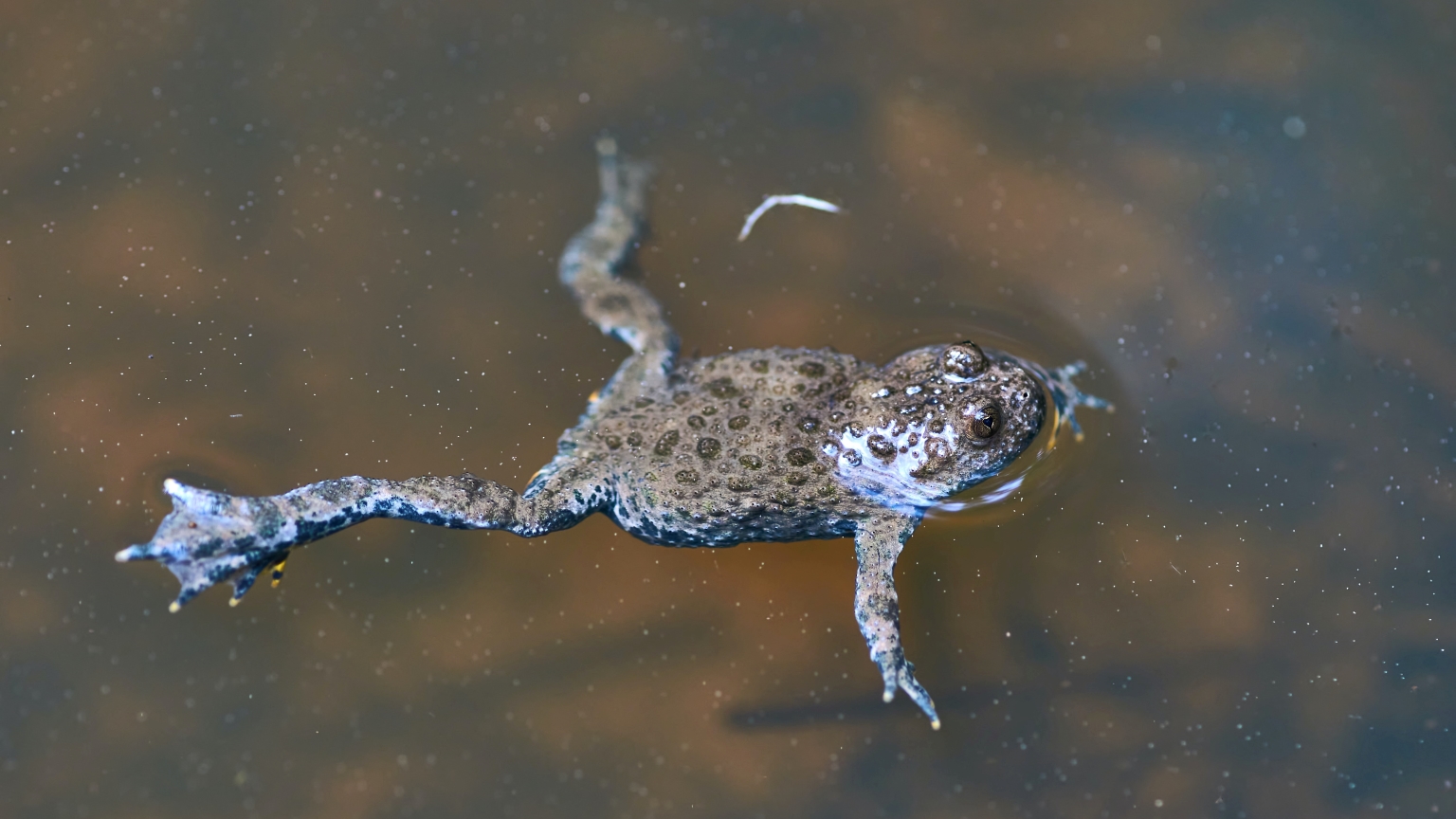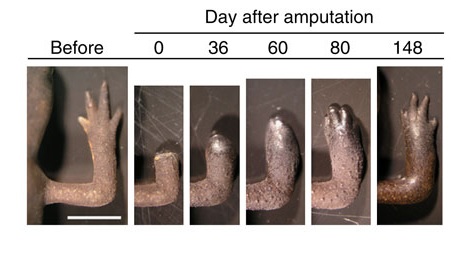Will Science Ever Regenerate Lost Human Limbs?

What’s the Latest Development?
When some animals lose a limb, their bodies can regrow it. And while scientists are far from realizing a similar process in humans, they are gaining a better understanding of this complex process in other species. “After an amputation, cells from the outermost layer of skin climb over to seal the wound. …[I]n salamanders, the new cells transform into a structure called the wound epidermis, which sends chemical instructions to those below it. In response, nerves in the stump to start to grow again, while mature cells such as muscles and connective tissues revert to an immature mass called a blastema.”
What’s the Big Idea?
Some scientist wonder if limb regeneration is a field of study even worth pursuing. Ashley Seifert, who studies tissue and organ regeneration at the University of Florida, says that even if humans could regrow limbs, the process could take 15-20 years. Still, there are potential benefits to the research that aren’t directly related to regrowing lost limbs. “Regeneration in salamanders has many similarities to wound healing in mammals. We may never be able to sprout new arms in comic book fashion, but we may learn how to close an injury more quickly. Doing so without scarring would also be a boon.”
Photo credit: Shutterstock.com





